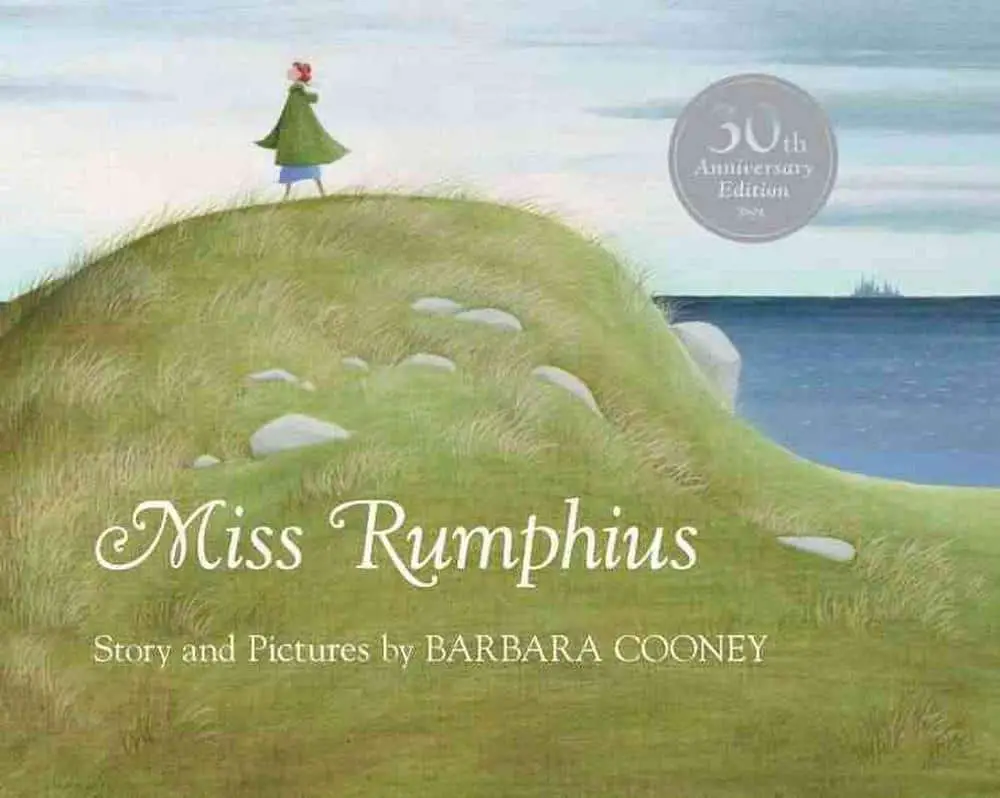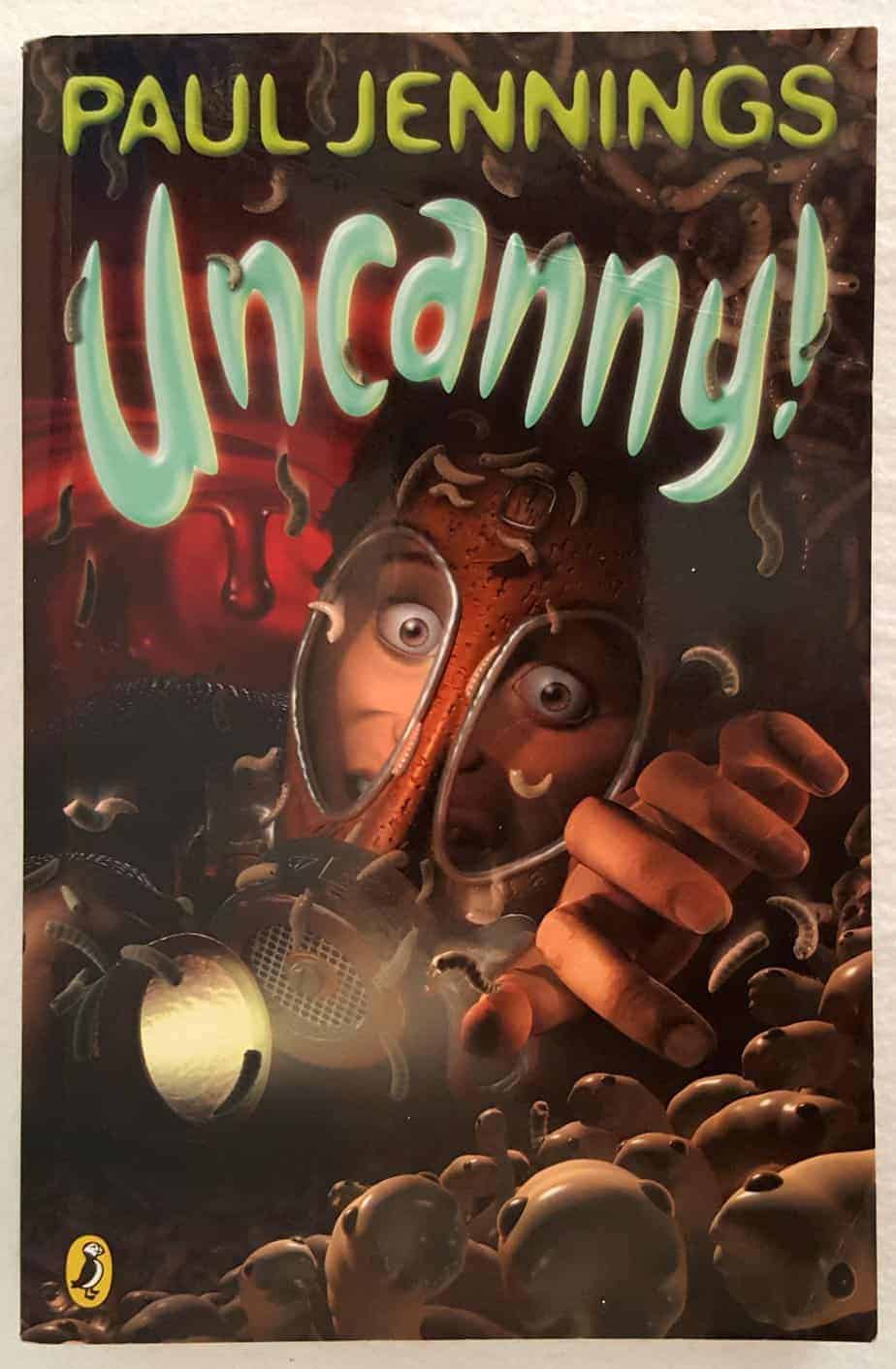-
Gila Monsters Meet You at the Airport by Marjorie Weinman Sharmat and Byron Barton Analysis
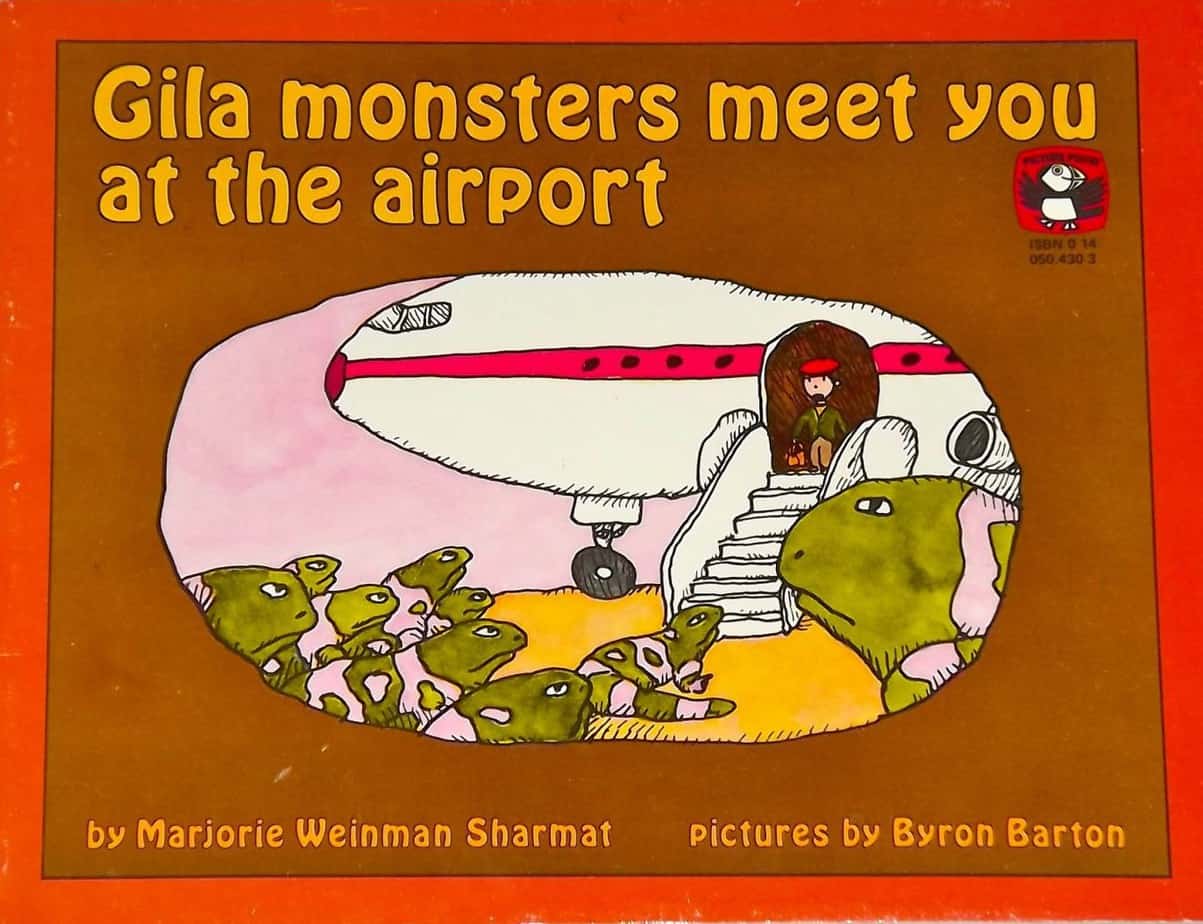
Gila Monsters Meet You at the Airport (1980) is an American picture book written by Marjorie Weinman Sharmat and illustrated by Byron Barton.
-
Tight Times by Shook Hazen and Schart Hyman Analysis
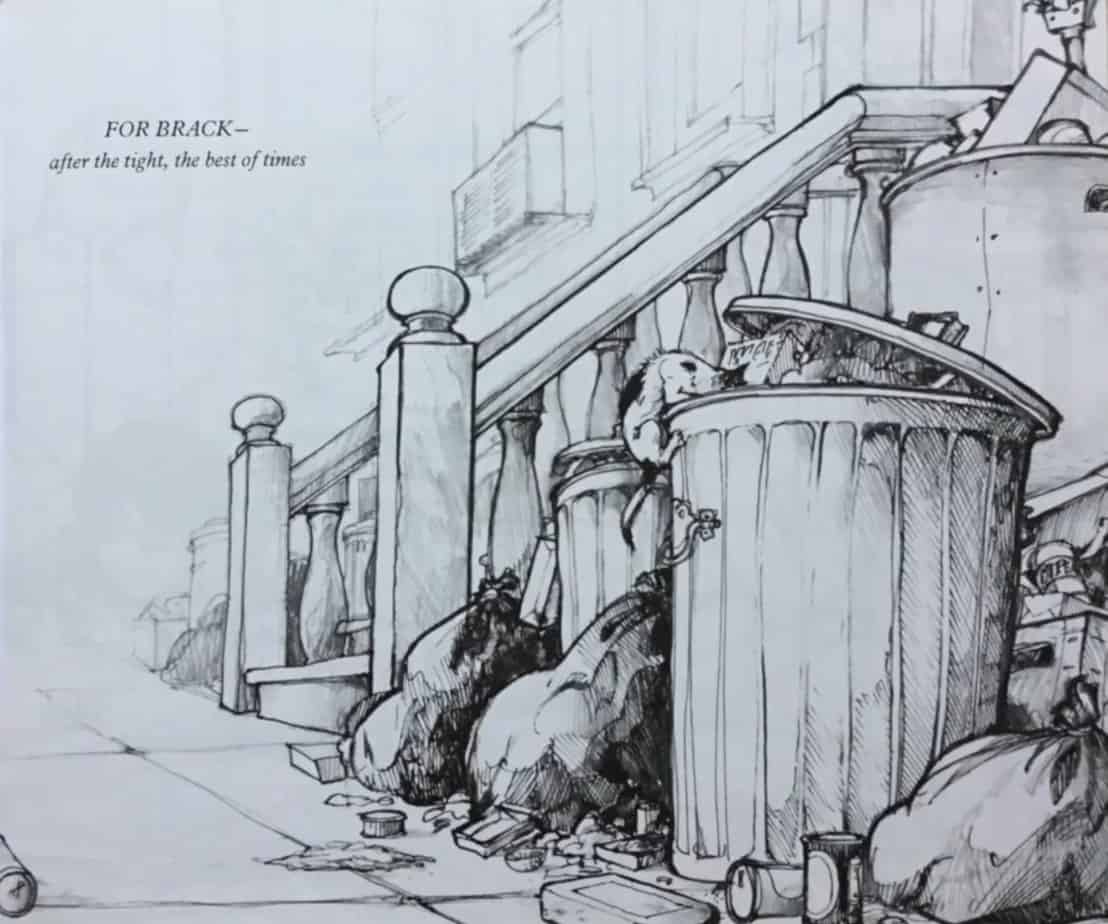
Tight Times (1979) is an American picture book written by Barbara Shook Hazen and illustrated in graphite pencil by Trina Schart Hyman. Tight Times also happens to be the first ever picture book read by LeVar Burton on America’s Reading Rainbow series back in 1983. I can see why they chose it. This short picture […]
-
Ty’s One-Man Band by Pitts Walter and Tomes Analysis
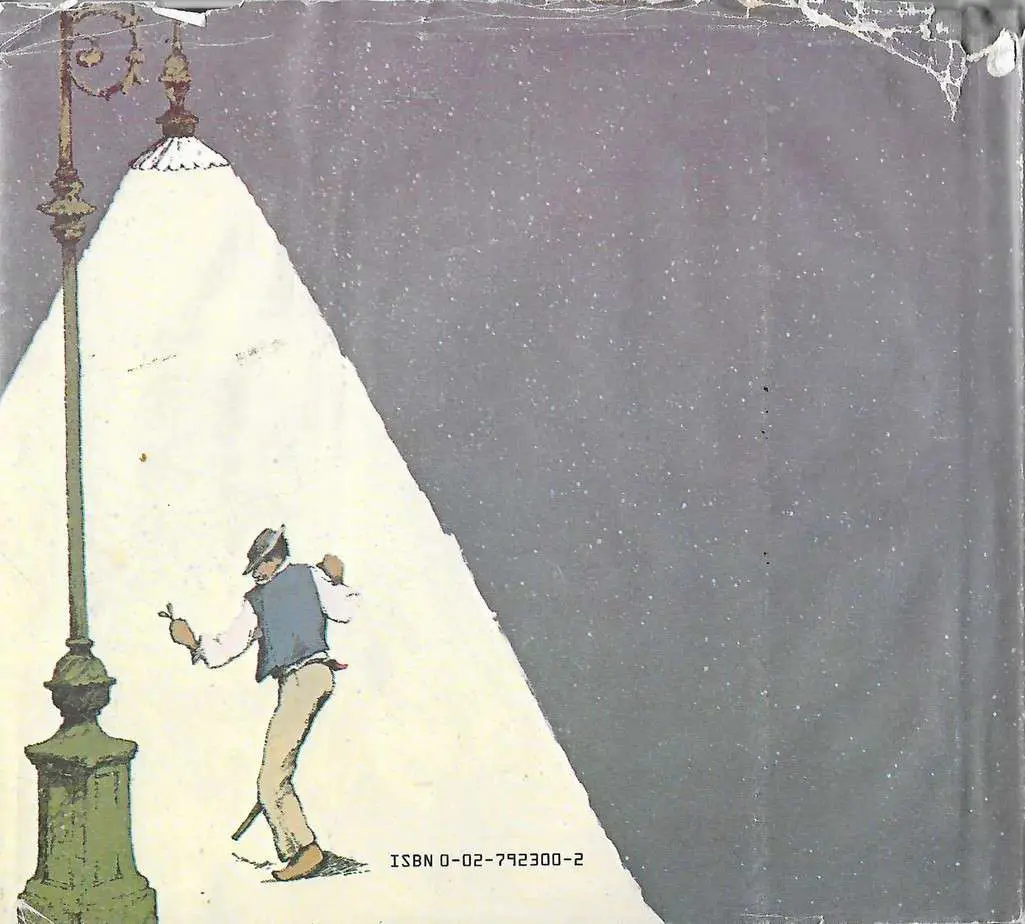
Ty’s One-Man Band (1980) is a picture book written by Mildred Pitts Walter and illustrated by Margot Tomes. This is a good mentor text if you’re writing a picture book with plenty of rhythmic onomatopoeia. If reading to modern kids, they might find this slow, quiet picture book a bit more exciting if encouraged to […]
-
The Day Jimmy’s Boa Ate the Wash by Hakes Noble and Kellogg Analysis
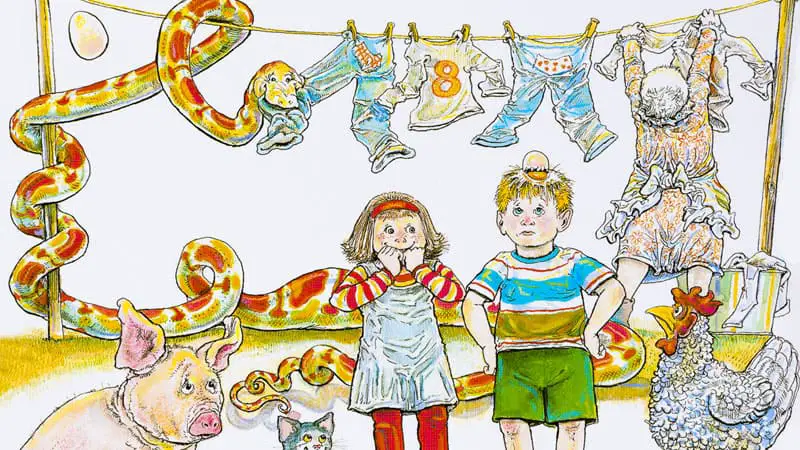
The Day Jimmy’s Boa Ate the Wash (1980) is a carnivalesque, cumulative picture book written by Trinka Hakes Noble and illustrated by Steven Kellogg. This picture book is a great mentor text for the way it handles dialogue visually, and also for the way the ironic distance between text and image expands at the end, […]
-
Arthur’s Eyes by Marc Brown Analysis
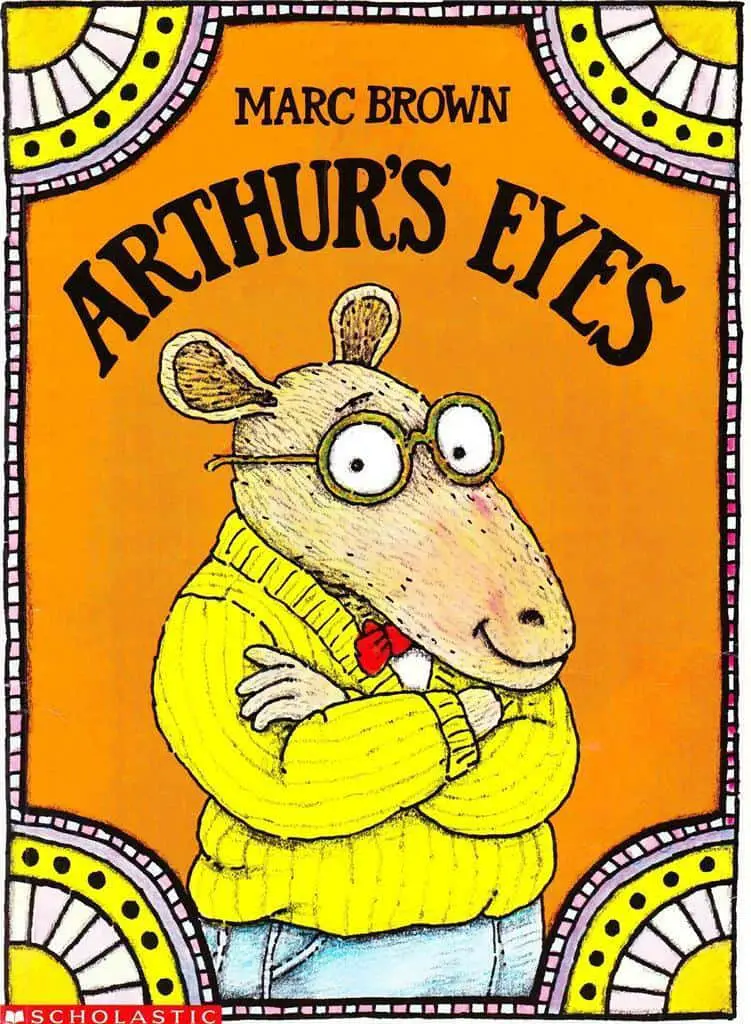
Arthur’s Eyes (1979) by Marc Brown is an early story of the popular Arthur series, about an ambiguously animal creature (only after looking it up do I understand he’s a brown aardvark) who lives with his nuclear family in an American suburb. This is a well-crafted story and really speaks to its young audience. The […]
-
Pettson and Findus Pancake Pie by Sven Nordqvist
Pancake Pie (1984) is a Swedish picture book written and illustrated by Sven Nordqvist, and is the first in the Pettson and Findus series starring a man and his cat who live together on a rustic farm, along with many little creatures who make the setting seem alive.
-
Harvey Slumfenberger’s Christmas Present by John Burningham Analysis
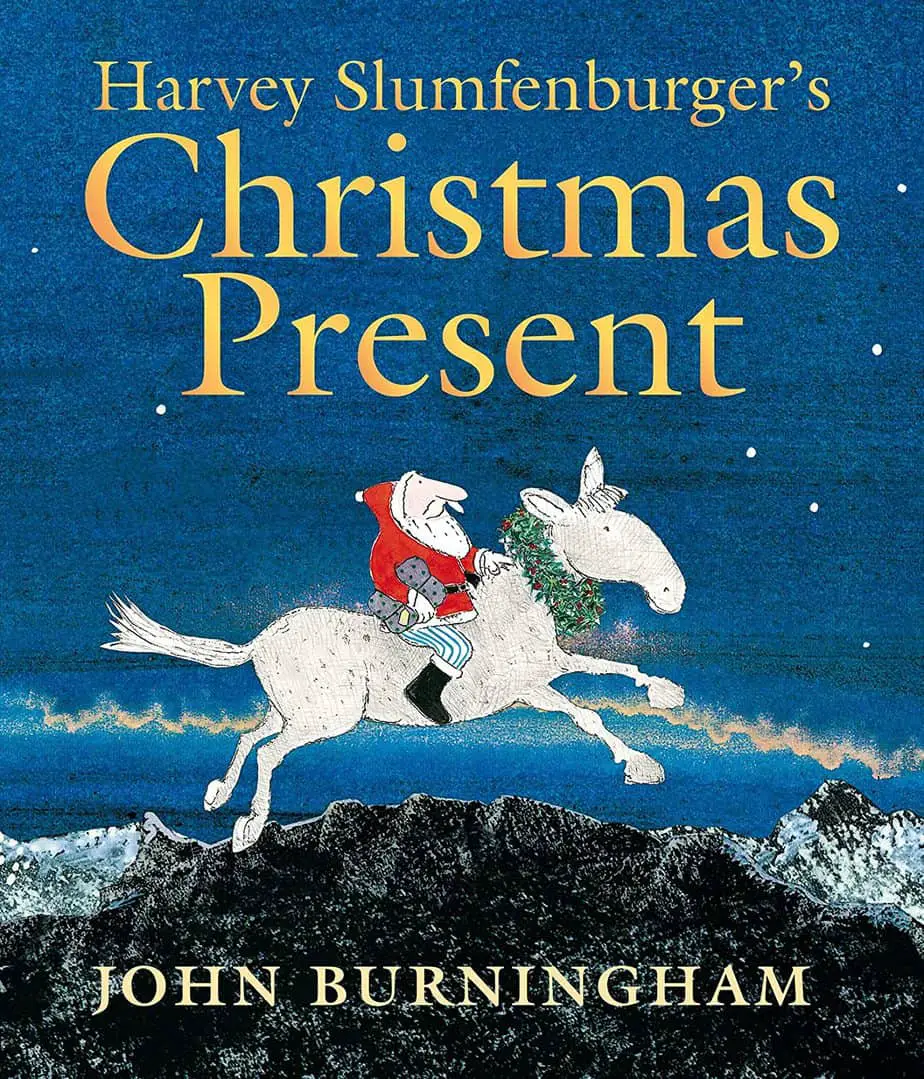
Harvey Slumfenburger’s Christmas Present (1993) is a picture book written and illustrated by British storyteller John Burningham. The pacing in this story is a little different to most picture books seen in bookstores today.
-
Dead Calm Film Study
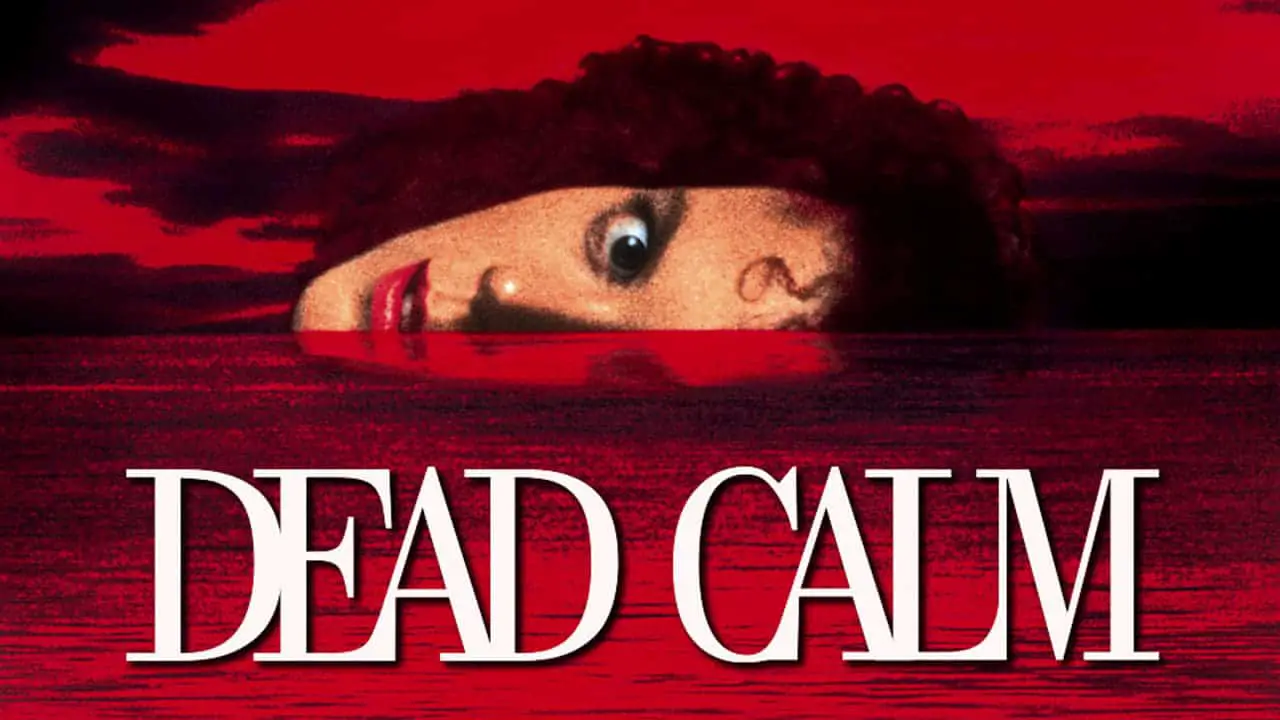
Sometimes horror movies are even more terrifying when read metaphorically. In Dead Calm, the story of a husband and wife at sea with a murderous intruder is bad enough, but what if the murderer doesn’t exist? Dead Calm is a well-executed but outdated psychological horror, adapted in 1989 for film from a 1963 novel by […]
-
There’s A Crocodile Under My Bed! by Ingrid and Dieter Schubert Analysis
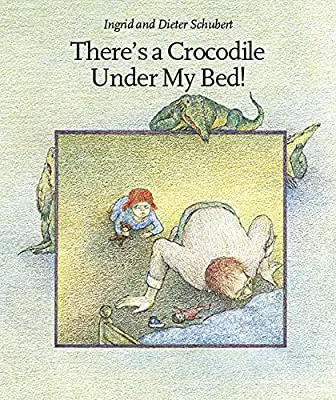
There’s A Crocodile Under My Bed! is a picture book written and illustrated by Ingrid and Dieter Schubert. First published in 1980, that makes this classic forty years old. There are a large number of picture books about creatures lurking under beds, and many similar titles out there. The most widely known is Mercer Meyer’s […]
-
My Neighbour Totoro Storytelling
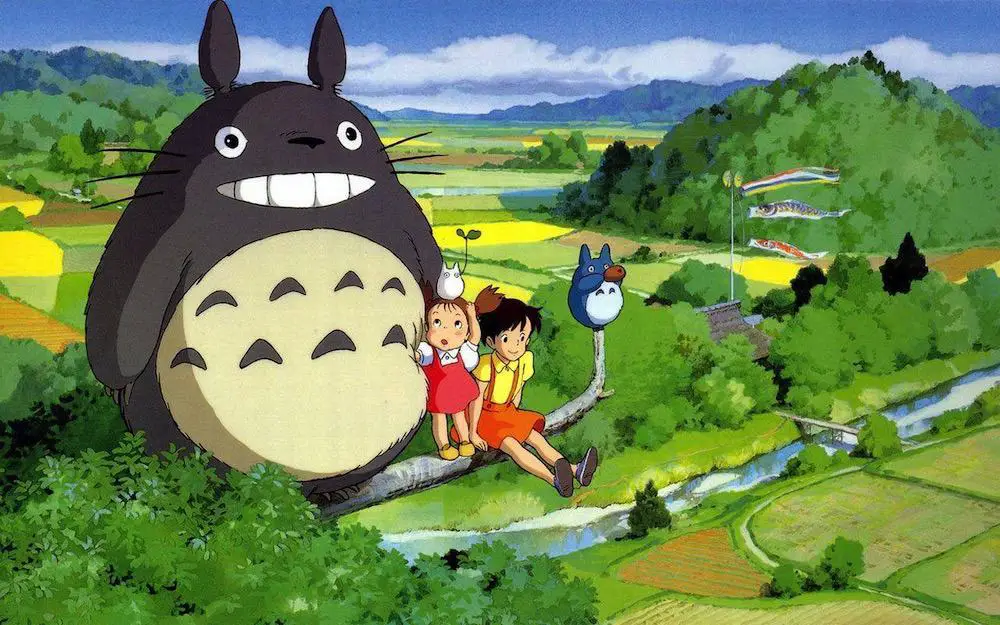
My Neighbour Totoro (1988), from Japan’s Studio Ghibli, is one of the few genuinely child centred films in existence. In contrast, most films out of DreamWorks and Pixar contain dual levels of meaning, including jokes only the adult co-viewer will understand, or emotional layers inaccessible to children. For instance, in Toy Story 3 Andy says […]
-
Pet Milk by Stuart Dybek Short Story Analysis

“Pet Milk” by Stuart Dybek first appeared in the August 1984 edition of the New Yorker. Jane Alison writes about “Pet Milk” in her chapter on spirals, in her book Meander, Spiral, Explode. “Pet Milk” is an example of a spiral structure. The structure of this story is part of its symbol web. The first half […]
-
How To Write Like Paul Jennings
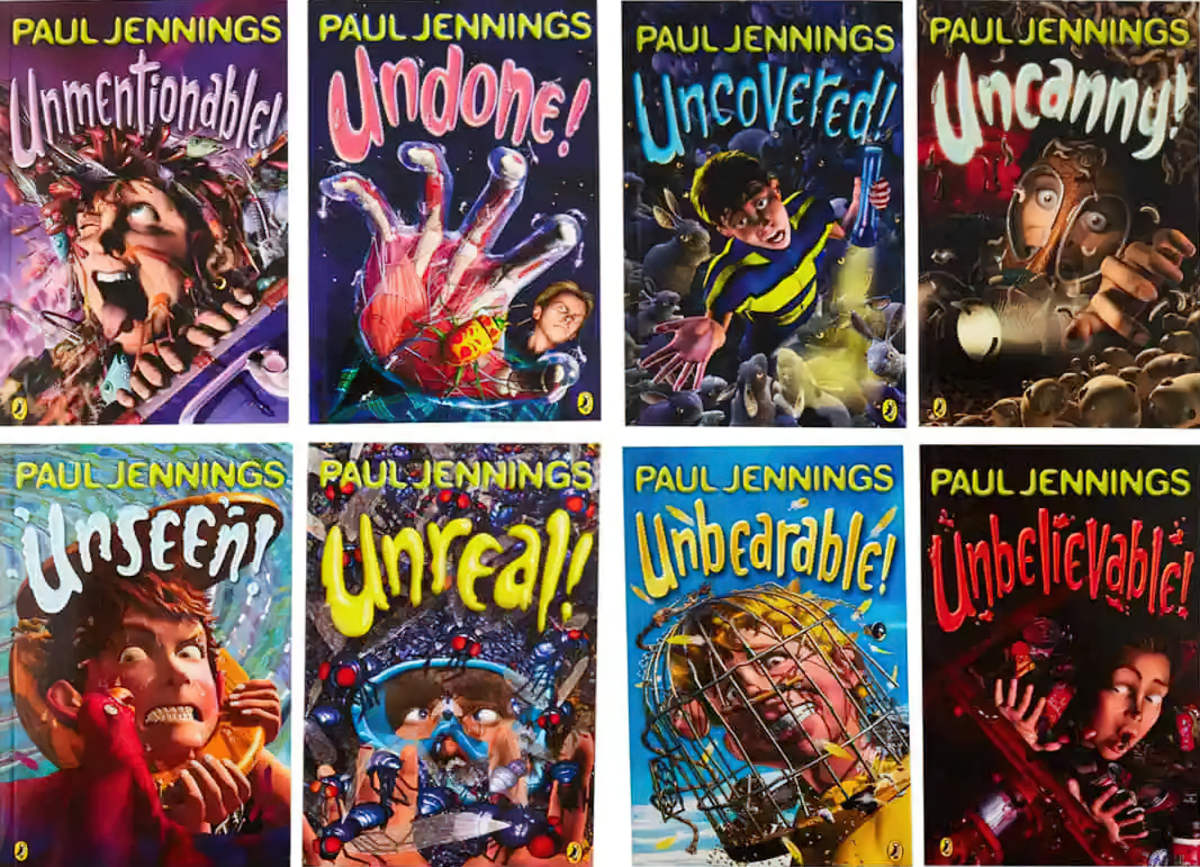
Paul Jennings mastered the tall tale hi-lo children’s story in the 1980s. 30 years on, writers can still learn from his techniques. Other Paul Jennings tropes need to go the way of the dodo.
-
Unmentionable by Paul Jennings
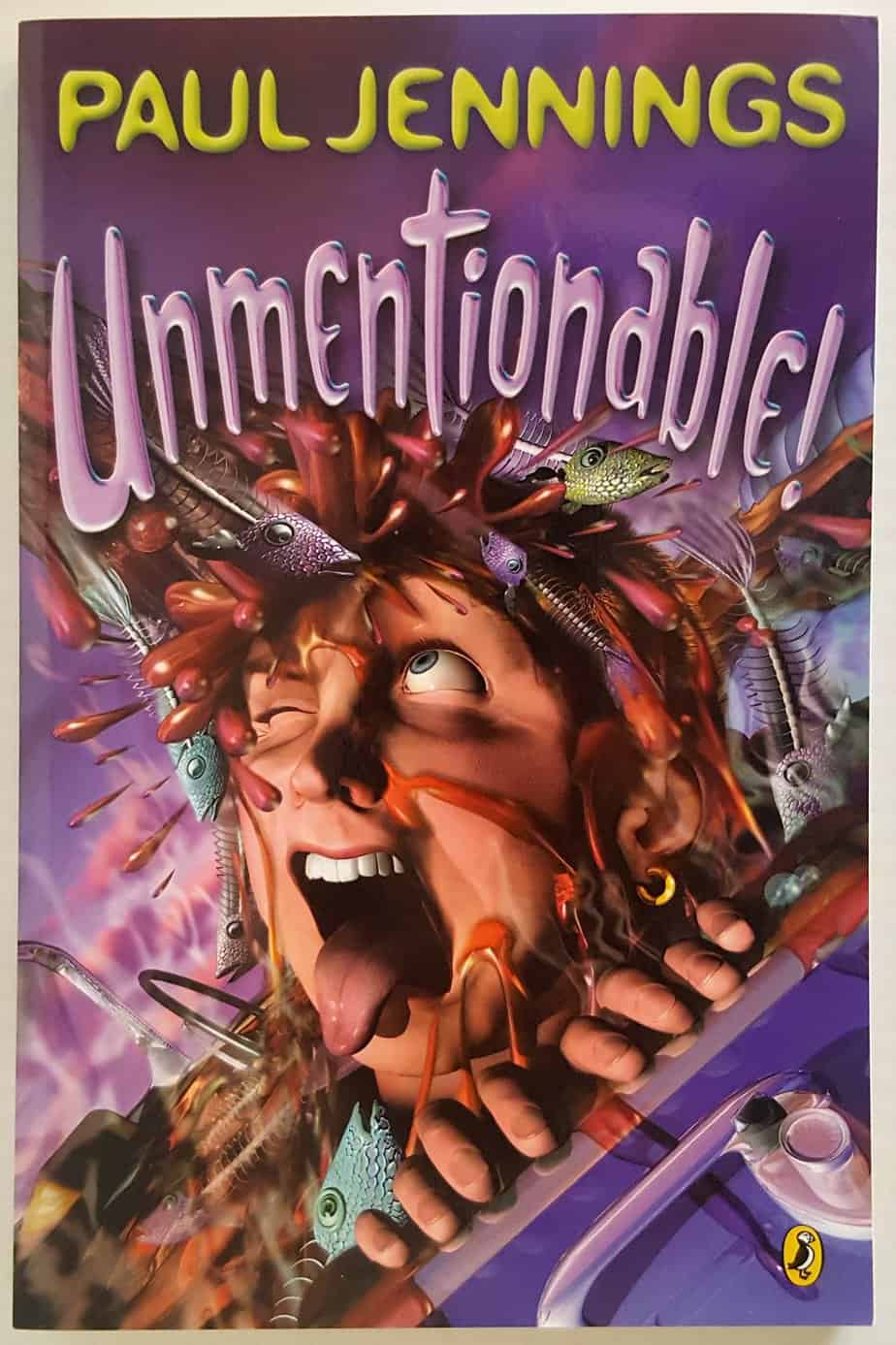
Unmentionable (1991) is a collection of 9 hi-lo short stories by iconic Australian author Paul Jennings. STORY STRUCTURE OF “ICE MAIDEN” In “Ice Maiden”, a boy falls in love with an ice statue, but he gets over his love for the ice once he meets a real girl. I have some sympathy for the phenomenon […]
